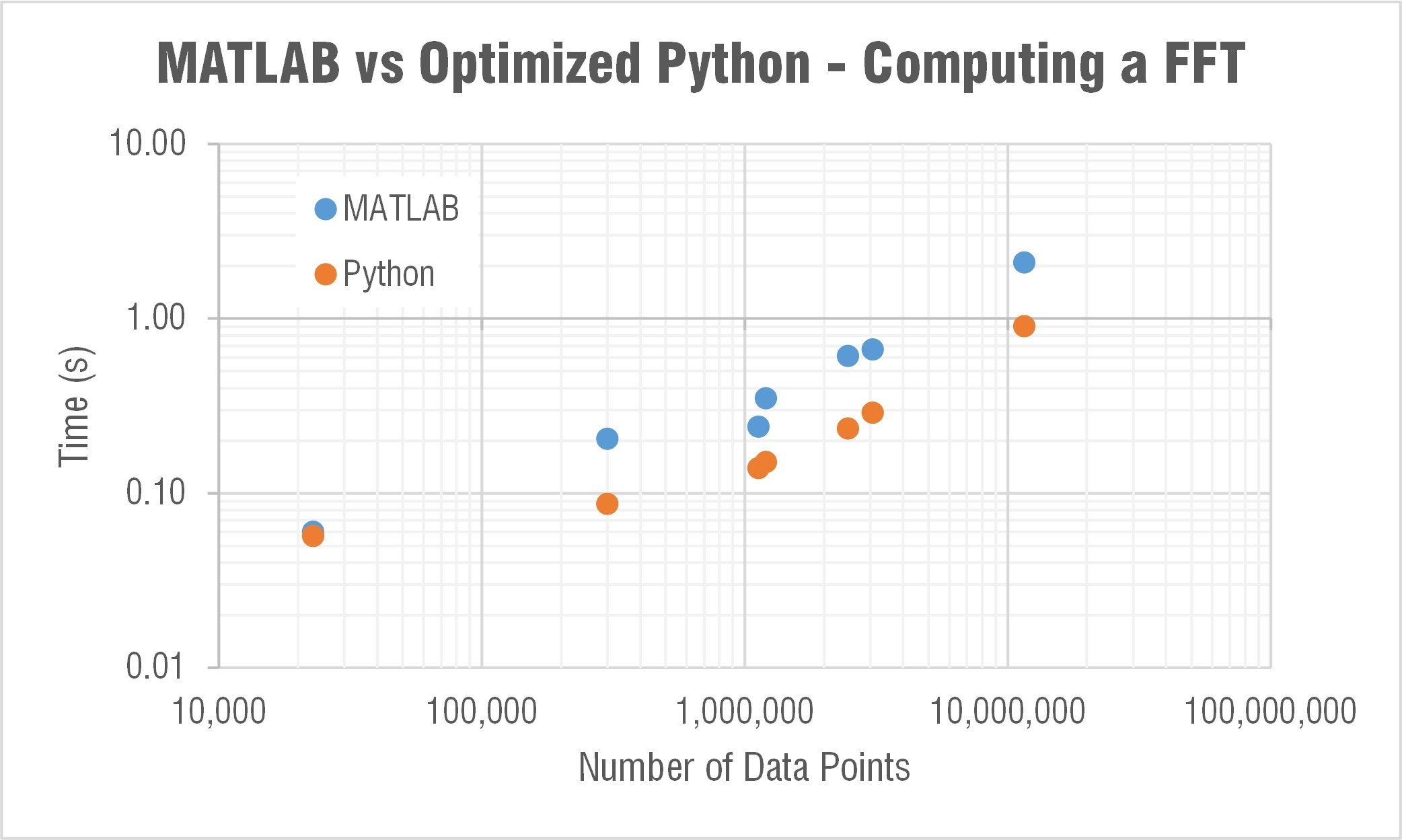

- #Plots matlab vs python how to
- #Plots matlab vs python install
- #Plots matlab vs python upgrade
- #Plots matlab vs python code
#Plots matlab vs python install
First, we need to install it via the Python package included with MATLAB. The MATLAB Engine API for Python enables calling MATLAB as a computation engine so we can use our favorite MATLAB functions from Python. Let’s try it the other way around! ? Calling MATLAB from Python
#Plots matlab vs python how to
Now that we understand how to adapt the Python syntax and call functions from MATLAB. In MATLAB, these are passed as name-value pairs with the pyargs function: > forecast = py.weather.get_forecast("Boston","US",key,pyargs("units","metric") In Python, the get_forecast function accepts standard Python keyword arguments, as shown in the last argument here: > forecast = weather.get_forecast("Boston","US",key,units="metric") Say we wanted to change the units of the weather data. Now that we’re getting the idea of syntax, let’s talk about another difference in calling functions. This example shows indexing into a Python dict. to get the temperature value as a double. For example, the weather.py module in the air quality app includes functions which read weather data for a given location through a web API: > data = py.weather.get_current_weather("Boston","US",key) User-defined modules are called in the same way. Python modules and functions are accessed using the following syntax: > py. Now, let’s generalize the behavior a bit. We used format long to display the same precision in MATLAB and Python.

To call the same Python function from MATLAB, we can use the following: > py.math.sqrt(42) In Python, we call it like this: > import math Now that we can access Python, let’s use it! We’ll try the sqrt function from the math library to get the hang of it. This returns the Python version and environment settings, which can also be modified through the pyenvfunction. We can do this in MATLAB with the pyenv function: > pyenvĮxecutable: "C:\Python36\WPy-3670\python-3.6.7.amd64\python.EXE" Calling Python from MATLABīefore we dive in, let’s confirm that MATLAB can find the Python interpreter. The path can be updated easily from both languages.
#Plots matlab vs python code
This might sound obvious, but we’ll also make sure our code is accessible by both MATLAB and Python.
#Plots matlab vs python upgrade
We’ll need a recent version of Python and MATLAB R2014b or later (sounds like a good time to upgrade to R2020a!). The Basicsįirst, let’s get the requirements out of the way. We’ll assume a beginner-level background in both languages and provide links to more advanced topics. This blog will show you how to use MATLAB and Python together (in peace and harmony). The two languages are often used together for AI applications (so frequently that there are direct importers and exporters for deep learning networks through MATLAB, ONNX and TensorFlow).

There’s a large community working on cool algorithms, teaching, and sharing examples in both languages – so why not take advantage of all this excellent work, independent of language preference!? For example, MATLAB and Python were used in building this air quality prediction app and this sentiment analysis algorithm. Such collaboration helped researchers at MIT CSAIL leverage strengths of MATLAB and C++ together to detect color and movement changes imperceptible to the naked eye. This is common in engineering and scientific applications, especially when they involve multiple teams and hardware needs. ) but we’re going to talk about using MATLAB and Python together! (It can happen! And it does!) If you are a student, work in academia, or industry, you have probably encountered situations where you need to integrate work from more than one language.

In this blog, they share some important tips that will help you use MATLAB & Python together. Today’s blog is written by Heather Gorr, Product Marketing for MATLAB, and Deepak Bhatia, Education Marketing at MathWorks.


 0 kommentar(er)
0 kommentar(er)
